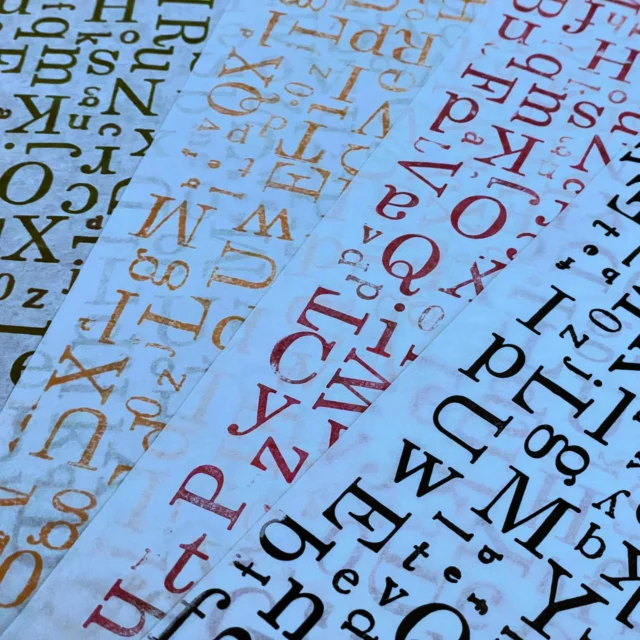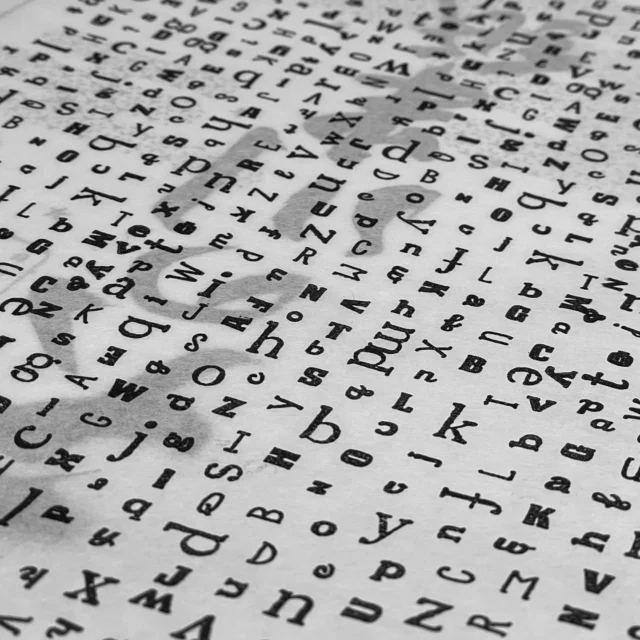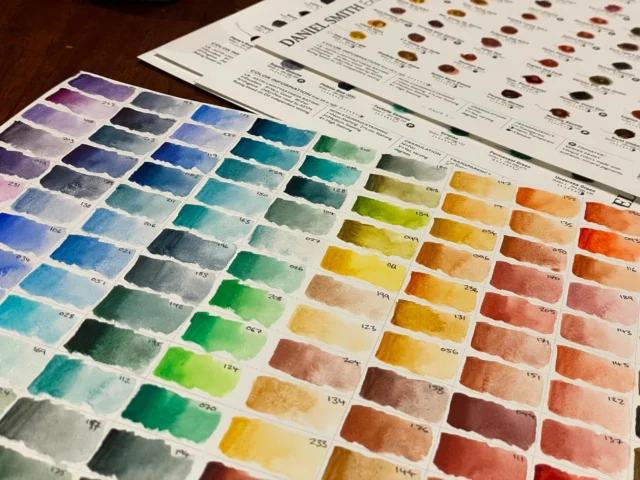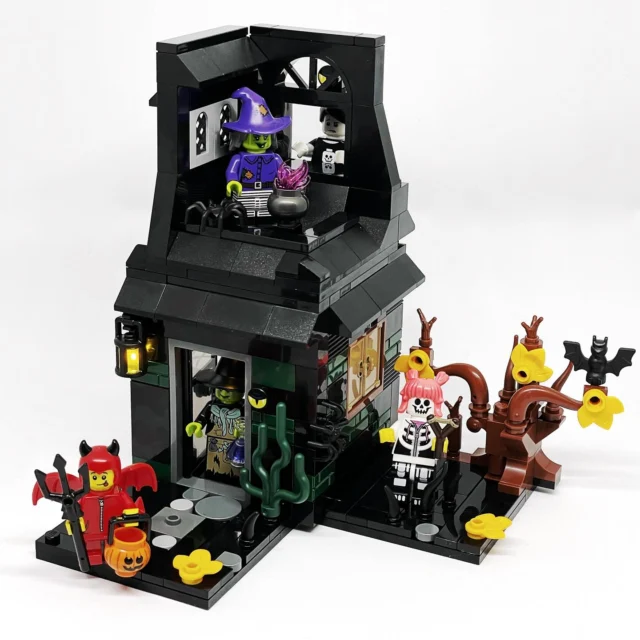You might remember that I bought a Kodak Retinette 1a last year. I posted my first successful roll of film at the time, but haven’t done a lot with it since.
The other day I checked to see if it had film in it, which it did, so I finished it off. Most of the photos I took the other day were poor, but there were a few still on there from last year that I quite like (given that working the camera involves a significant amount of guestimation).
I love using this camera! It’s a great exercise in understanding exposure. Although, I found these photos had a significant amount of graininess; I’m not sure if it’s due to using ISO 400 film or whether it was something to do with the lab scanning the negatives.
















the last one is really good 🙂
Great photos…Love the cherry blossoms especially.
Great pictures! I did eventually get my retinette from ebay too, and it worked like a charm. Concerning “guestimation”, most pictures seem to turn out quite good when using iso200 or higher in daylight, even if youre not too precise about the settings.
But I also got an $20 olympus trip35, which is now my favorite. A bit smaller than the retinette, no settings, point and shoot – and the pictures are great!
Thanks dinu, I agree the last one is one of the better ones. Not sure how I feel about the overall composition, but really, unless you’re in a helicopter or lift or something, there’s not much else you can do from street level.
Thanks ElGuappa! Those cherry blossoms are such a perk outside my place. Always lovely just before spring.
Kristian, I think it must be our exposure estimating skills that turn out quite good 😉 If the Olympus has no settings does that make it a pinhole camera or is it newer and slightly automatic?
…it´s slightly automatic. I think it chooses between two shutter speeds, and then sets aperture accordingly. And then focus by choosing one of the four symbols, big head, two smaller heads, three heads or a mountain (i think some of the retinettes have similar symbols to illustrate “ordinary” distance to an object). So by all means quite advanced, but at the same time quite primitive.